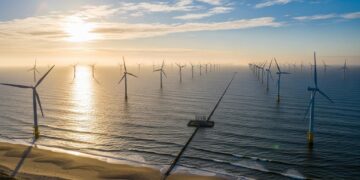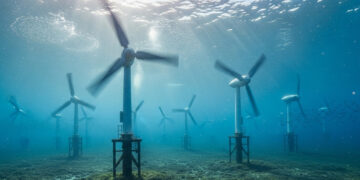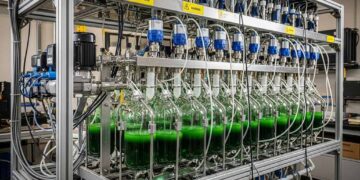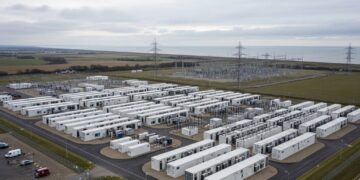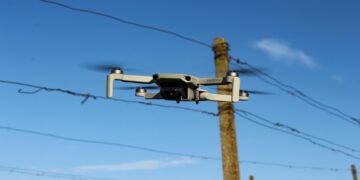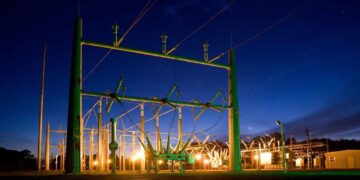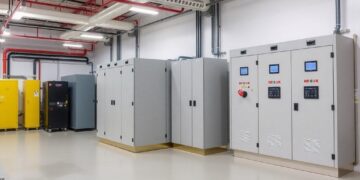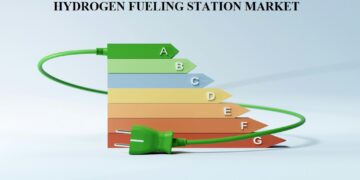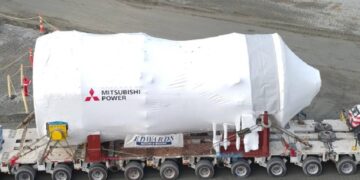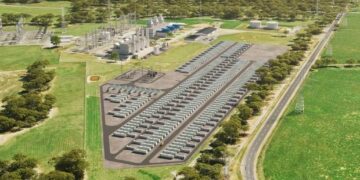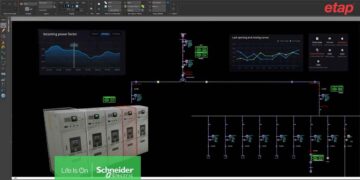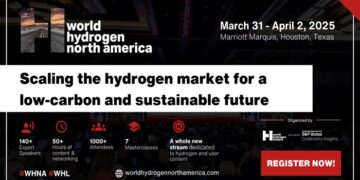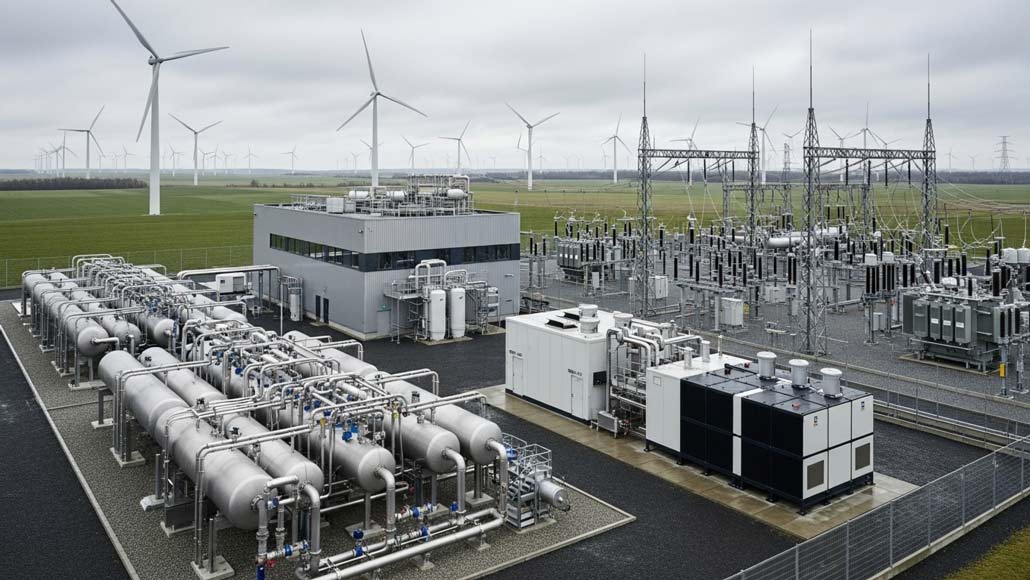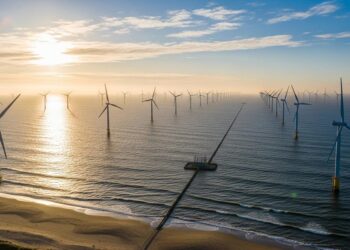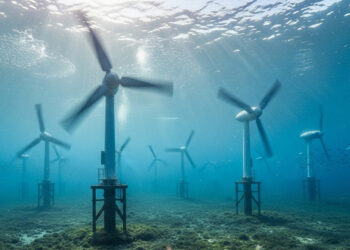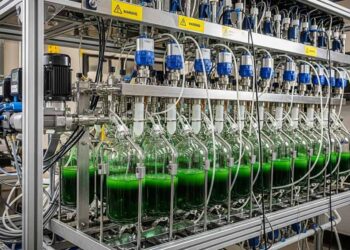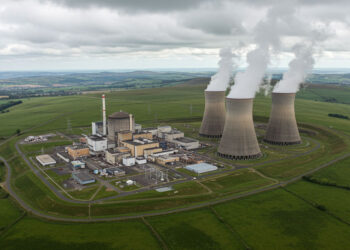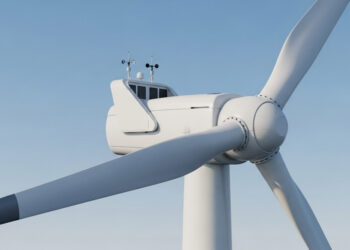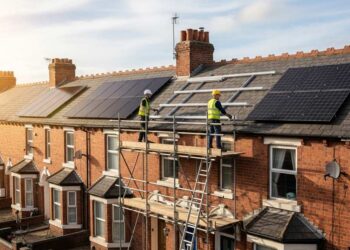Hydrogen in Hybrid Power Systems: Unlocking 24/7 Renewable Electricity
The integration of hydrogen technology within hybrid power systems represents one of the most significant breakthroughs in achieving continuous renewable electricity generation. As the global energy sector grapples with the intermittency challenges of wind and solar power, hydrogen hybrid power systems emerge as the definitive solution for unlocking round-the-clock clean energy delivery. These sophisticated systems combine renewable generation, electrolysis, and fuel cell technologies to create resilient energy networks capable of providing consistent power regardless of weather conditions.
Fundamentals of Hydrogen-Enabled Power Integration
Hydrogen hybrid power systems fundamentally transform how we approach renewable energy reliability by introducing a molecular storage component that bridges temporal mismatches between generation and demand. Unlike traditional battery storage systems that provide short-duration support, hydrogen systems offer virtually unlimited storage capacity with negligible self-discharge, making them ideal for seasonal energy balancing and extended backup power applications.
The core architecture of these systems typically incorporates wind turbines or solar arrays coupled with electrolyzers that convert excess renewable electricity into hydrogen during periods of abundant generation. This hydrogen can subsequently be converted back to electricity through fuel cells or hydrogen-capable gas turbines when renewable output falls short of demand requirements. The bidirectional nature of this energy conversion creates a buffer that smooths the inherent variability of renewable resources.
Power-to-gas integration within these hybrid systems enables operators to capture curtailed renewable energy that would otherwise be lost during overproduction periods. Current industry data indicates that renewable curtailment represents approximately 3-5% of total generation in markets with high renewable penetration, translating to substantial economic losses. Hydrogen hybrid power systems can capture this otherwise wasted energy, improving overall system economics while maximizing renewable resource utilization.
The sophistication of modern hydrogen hybrid power systems extends beyond simple energy storage to encompass advanced grid services including frequency regulation, voltage support, and spinning reserves. These ancillary services generate additional revenue streams while enhancing grid stability, particularly valuable as power systems transition toward higher renewable penetration levels.
Wind-Hydrogen Integration Architectures
Wind-hydrogen integration represents the most mature application of hybrid power systems, leveraging the complementary characteristics of wind generation and hydrogen storage. Wind resources typically exhibit strong seasonal and diurnal patterns that align well with hydrogen’s long-duration storage capabilities, creating natural synergies that optimize overall system performance.
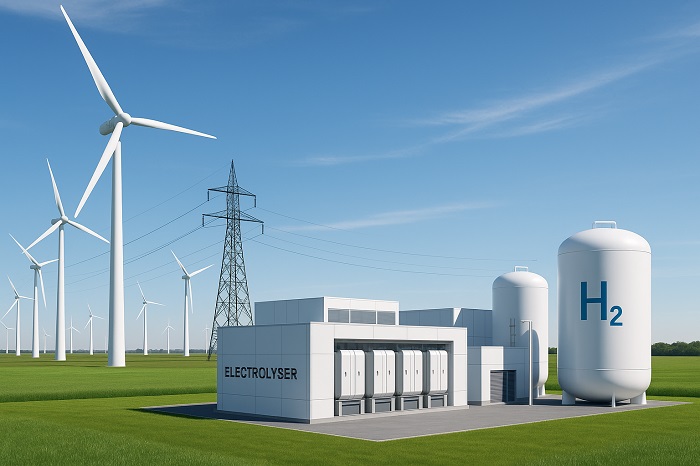
Advanced wind-hydrogen systems employ intelligent control algorithms that continuously optimize the split between direct electricity delivery and hydrogen production based on real-time grid conditions, electricity prices, and hydrogen demand. These systems can achieve remarkable capacity factors by maintaining productive operation even during low-wind periods through stored hydrogen utilization.
The ACES Delta project in Utah exemplifies large-scale wind-hydrogen integration, featuring 220 MW of electrolysis capacity coupled with renewable generation and underground hydrogen storage. This installation demonstrates the technical feasibility of grid-scale hydrogen storage while providing critical grid stabilization services during periods of high renewable variability.
Offshore wind-hydrogen integration presents particularly compelling opportunities for hybrid power systems development. The North Sea Wind Power Hub concept demonstrates how offshore platforms can combine wind generation with electrolysis to produce hydrogen for both onshore delivery and local electricity generation. This approach reduces transmission infrastructure requirements while enabling continued offshore wind development beyond grid connection capacity limitations.
European implementations have achieved remarkable efficiency improvements through optimized wind-hydrogen coupling. Recent projects demonstrate electrolyzer capacity factors exceeding 4,000 hours annually when integrated with properly sized wind installations, significantly improving project economics compared to standalone electrolysis operations.
Grid Balancing and Renewable Integration
The grid balancing capabilities of hydrogen hybrid power systems extend far beyond simple energy storage to encompass comprehensive grid support services essential for high-renewable power systems. These systems can respond to grid frequency deviations within seconds, providing primary frequency response that traditionally required spinning reserves from conventional power plants.
Electrolyzers within hybrid systems act as controllable loads that can rapidly adjust power consumption to support grid stability. During periods of excess renewable generation, electrolyzers increase hydrogen production, effectively consuming surplus electricity that might otherwise cause grid instability. Conversely, during supply shortfalls, electrolyzers can reduce consumption or fuel cells can inject power into the grid within minutes.
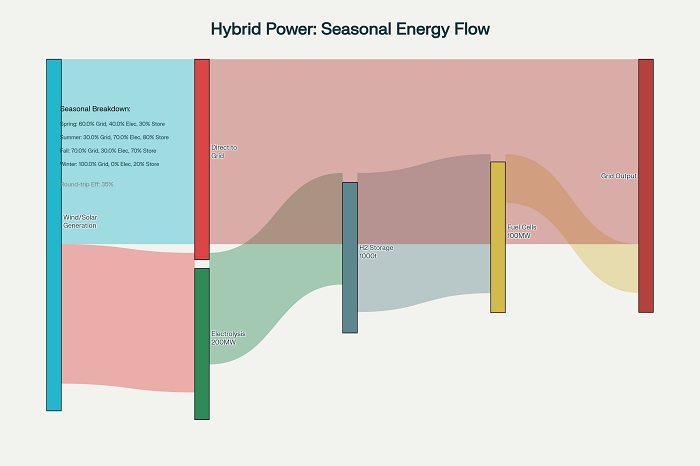
Seasonal energy balancing represents perhaps the most unique capability of hydrogen hybrid power systems. Unlike battery storage systems limited to daily cycling, hydrogen systems can store energy produced during high-renewable seasons for consumption months later during periods of reduced renewable output. This capability becomes increasingly valuable as power systems approach 80-100% renewable penetration levels.
Grid operators increasingly recognize hydrogen hybrid power systems as essential infrastructure for managing renewable integration challenges. The German Energiewende experience demonstrates how these systems enable continued renewable deployment while maintaining grid reliability, with multiple projects successfully demonstrating grid stabilization services.
Advanced grid integration techniques enable hydrogen hybrid power systems to provide reactive power support, voltage regulation, and black-start capabilities. These grid services generate additional revenue while supporting overall grid resilience, particularly valuable in remote or islanded power systems where conventional grid support infrastructure may be limited.
Technological Components and System Design
Modern hydrogen hybrid power systems integrate multiple sophisticated technologies within unified control frameworks that optimize performance across varying operational conditions. The electrolysis component typically employs either alkaline or proton exchange membrane technologies, each offering distinct advantages depending on application requirements and operational profiles.
Alkaline electrolyzers excel in applications emphasizing cost-effectiveness and proven reliability, particularly suitable for large-scale installations where intermittent operation patterns align with renewable generation profiles. These systems typically achieve efficiencies of 60-70% while offering operational lifetimes exceeding 100,000 hours under proper maintenance protocols.
Proton exchange membrane electrolyzers provide superior dynamic response characteristics essential for grid balancing applications, capable of adjusting production rates from 10% to 100% capacity within seconds. This rapid response capability makes PEM systems particularly valuable for applications requiring frequent power cycling in response to grid conditions or renewable output variations.
Hydrogen storage systems within hybrid installations range from high-pressure vessels for short-term applications to underground salt cavern storage for seasonal balancing requirements. Underground storage offers exceptional cost-effectiveness for large-scale applications, with storage costs potentially reaching $1-3 per kilogram for systems exceeding 10,000 tons capacity.
Control systems represent the technological heart of hydrogen hybrid power systems, employing machine learning algorithms and predictive analytics to optimize energy flows based on weather forecasts, electricity prices, and hydrogen demand patterns. These intelligent systems continuously balance multiple objectives including revenue maximization, grid service provision, and equipment lifecycle optimization.
Economic Performance and Market Dynamics
The economics of hydrogen hybrid power systems continue improving as component costs decline and operational experience accumulates. Recent analyses indicate that well-designed systems can achieve levelized costs of electricity competitive with conventional storage technologies when accounting for multiple revenue streams and extended storage duration capabilities.
Revenue diversification represents a key economic advantage of hydrogen hybrid power systems compared to single-purpose installations. These systems can simultaneously generate income from electricity sales, hydrogen sales, grid ancillary services, and renewable energy credits, creating more stable and predictable cash flows that improve project financibility.
Capacity utilization improvements through hybrid operation significantly enhance project economics compared to standalone renewable installations. Wind-hydrogen systems can achieve effective capacity factors exceeding 80% by maintaining productive operation through stored hydrogen utilization during low-wind periods, dramatically improving asset utilization and revenue generation.
Market mechanisms increasingly recognize the unique value proposition of hydrogen hybrid power systems through specialized procurement programs and enhanced compensation for long-duration storage services. Several jurisdictions have implemented specific market products for seasonal storage that provide additional revenue opportunities for hydrogen-enabled systems.
The declining cost trajectory of electrolysis technology continues improving hybrid system economics, with industry projections indicating capital cost reductions of 50-70% by 2030 as manufacturing scales and technology matures. These cost improvements, combined with growing carbon pricing and renewable energy incentives, create increasingly favorable economic environments for hybrid system deployment.
Integration Challenges and Solutions
Technical integration challenges within hydrogen hybrid power systems primarily center on managing the complexity of coordinating multiple energy conversion processes while maintaining high efficiency and reliability. Power conditioning systems must accommodate bidirectional energy flows while ensuring power quality compliance across varying operational modes.
Water management represents a critical consideration for electrolysis integration, particularly in applications requiring high-purity water for PEM systems. Integrated water treatment and management systems add complexity but enable reliable long-term operation while minimizing operational disruptions from water quality issues.
System integration complexity increases significantly when incorporating multiple renewable sources, storage technologies, and end-use applications within unified hybrid systems. Advanced control architectures employing model predictive control techniques help manage this complexity while optimizing performance across multiple time horizons and operational objectives.
Safety considerations for hydrogen hybrid power systems require comprehensive risk management approaches encompassing hydrogen production, storage, and utilization components. Modern safety systems employ redundant monitoring, automated shutdown procedures, and passive safety features that ensure safe operation under both normal and emergency conditions.
Regulatory frameworks continue evolving to accommodate the unique characteristics of hydrogen hybrid power systems, with several jurisdictions developing specialized approval processes that recognize the benefits of integrated renewable-hydrogen operations while ensuring appropriate safety and environmental protections.
Future Evolution and Market Prospects
The hydrogen hybrid power systems market shows accelerating growth momentum driven by increasing renewable penetration, declining technology costs, and supportive policy frameworks. Industry projections indicate substantial capacity additions over the next decade as these systems become essential infrastructure for high-renewable power systems.
Next-generation hybrid systems will incorporate advanced materials and improved component integration that enhances efficiency while reducing costs and complexity. Solid oxide electrolysis cells operating at elevated temperatures promise efficiency improvements exceeding 90% while enabling waste heat integration with industrial processes.
Artificial intelligence and machine learning applications within hybrid systems will enable increasingly sophisticated optimization strategies that maximize value creation across multiple markets simultaneously. These intelligent systems will autonomously adjust operation strategies based on evolving market conditions, weather patterns, and equipment performance characteristics.
International standardization efforts are developing common frameworks for hybrid system design, testing, and operation that will reduce development costs while enabling greater technology interoperability. These standards will facilitate market development by reducing regulatory uncertainty and enabling more efficient project development processes.
The convergence of hydrogen hybrid power systems with broader energy ecosystem digitalization will create integrated energy hubs that optimize energy flows across electricity, heating, transportation, and industrial sectors. These multi-sector integration capabilities position hydrogen hybrid systems as central infrastructure elements within future carbon-neutral energy systems.






